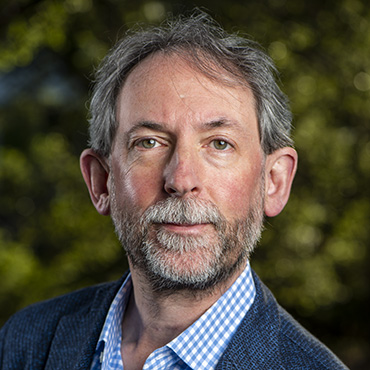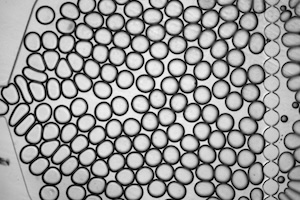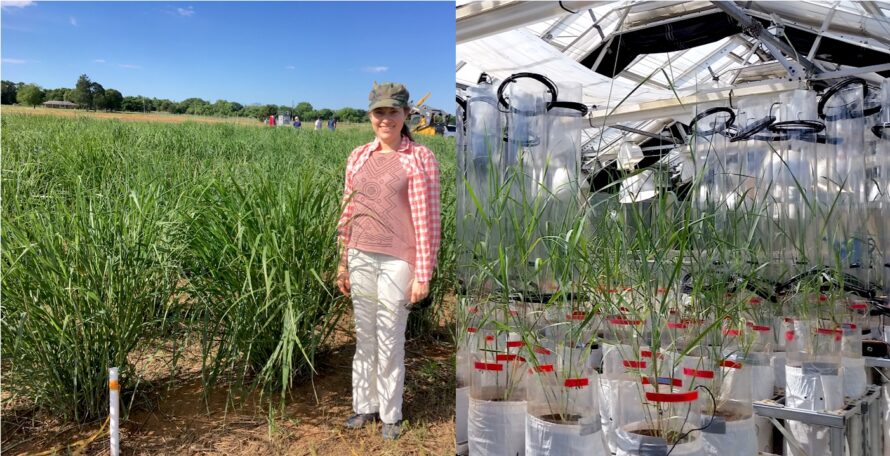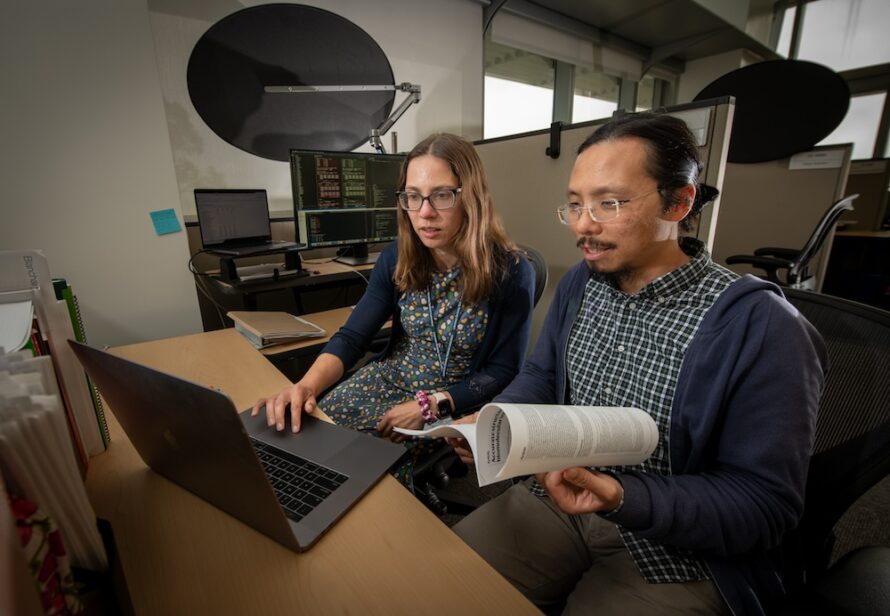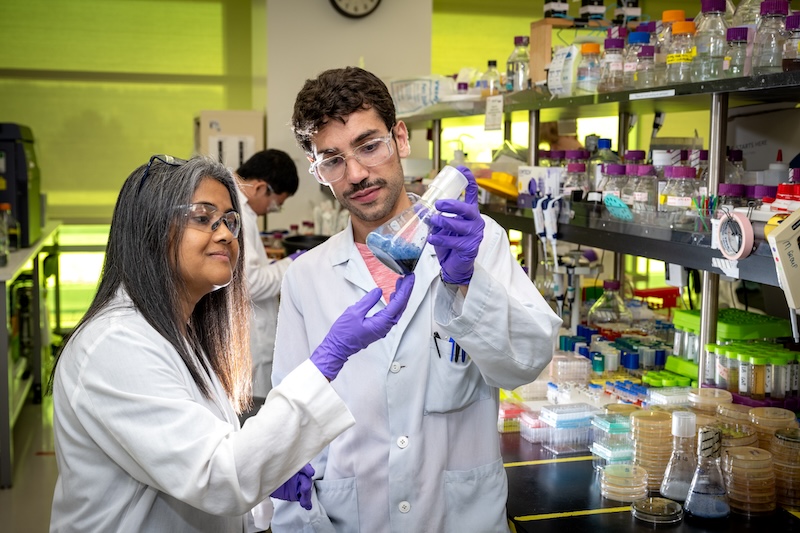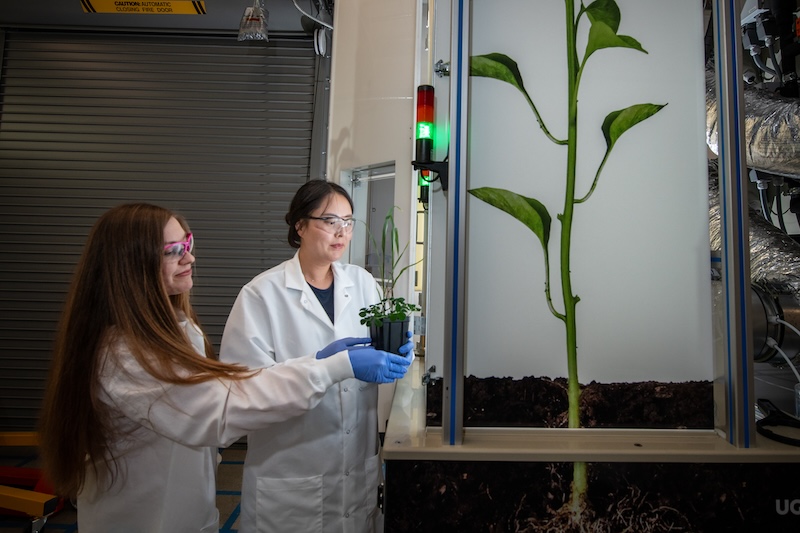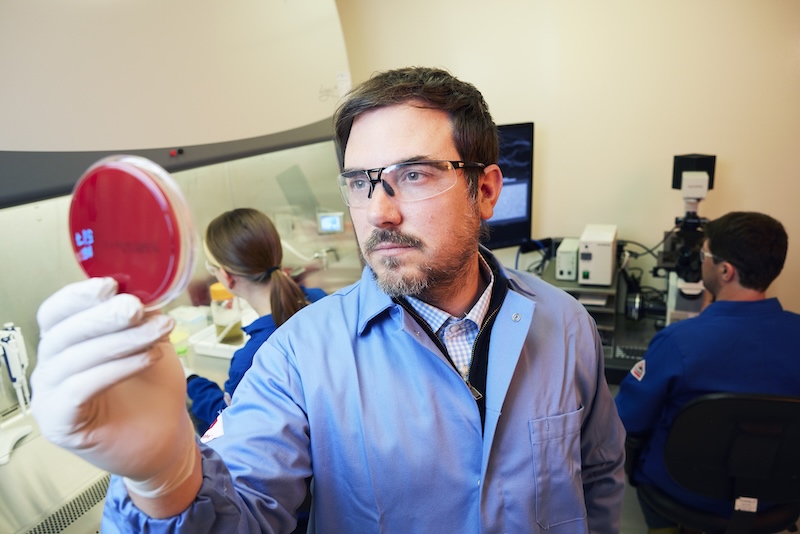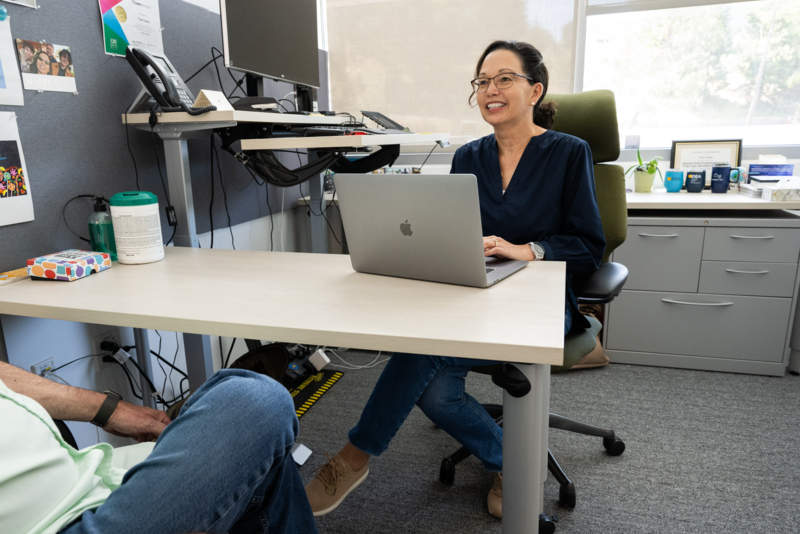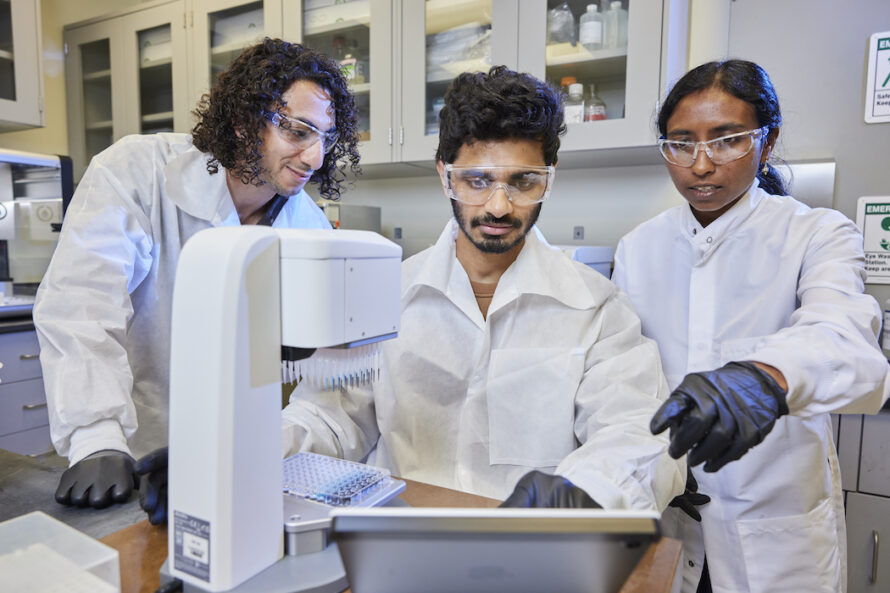
We use a multi-disciplinary, team approach to solve society’s biggest challenges with biological solutions. At the core of our work, we transform biological research to enable new discoveries in energy, environmental, and health research.
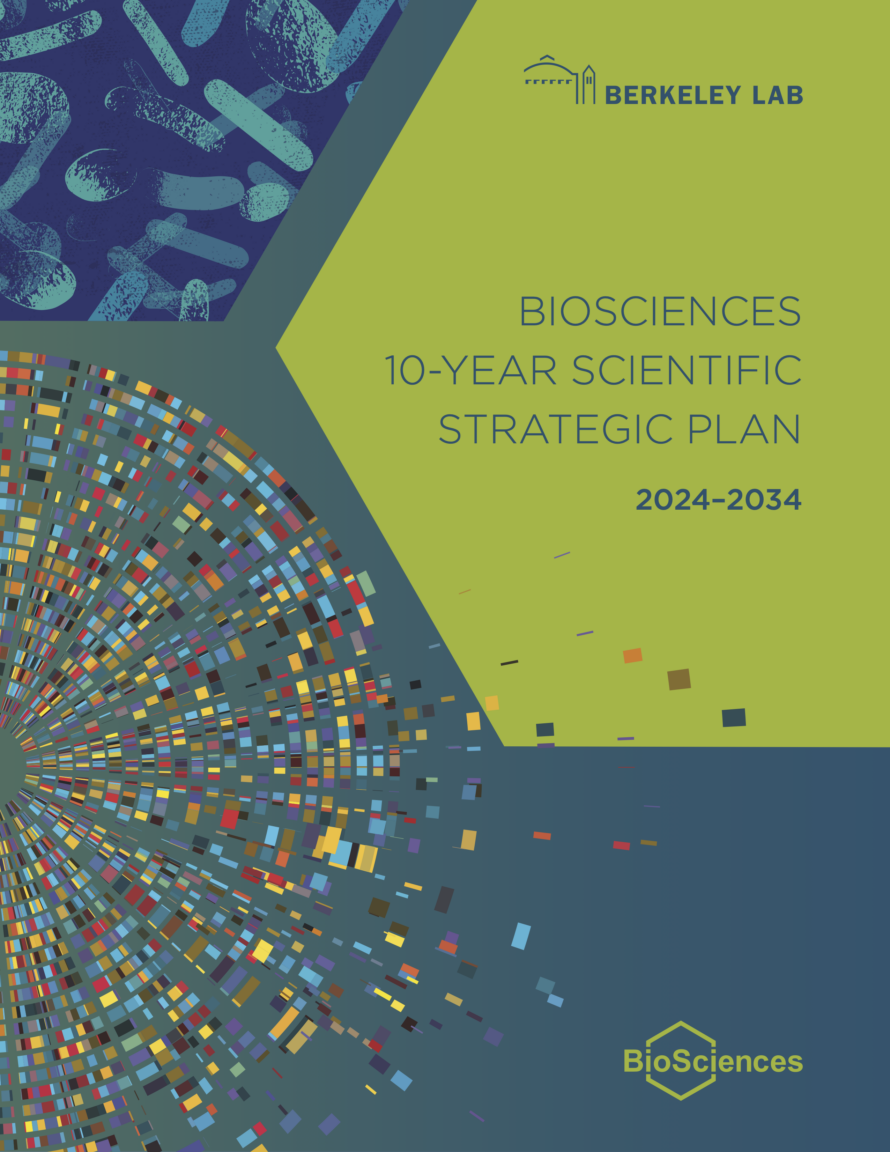
The Biosciences 10-year Strategic Plan (2024–2034) represents the research, technology, and organizational stewardship strategic framework of the Area. Through it, we aim to convey our enthusiasm for the future of our research to our stakeholders and the public. The plan was made through an inclusive process accessible to all of Biosciences’ nearly 1,000 staff.
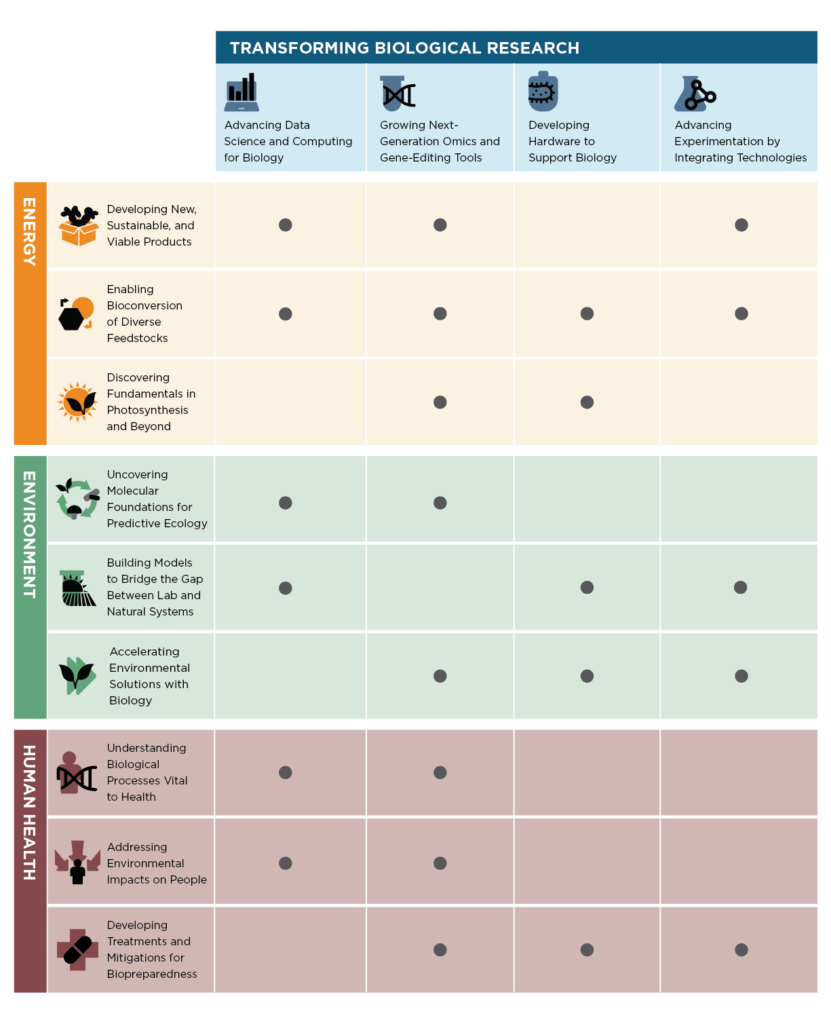
Our researchers and engineers are working closely to solve technical problems and research questions in tandem. We develop the technologies that are the most vital to foster discovery, onsite. The research strategies on the matrix can be thought of as test beds for new technology development.
